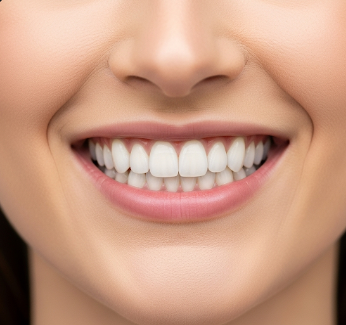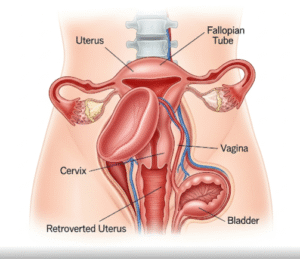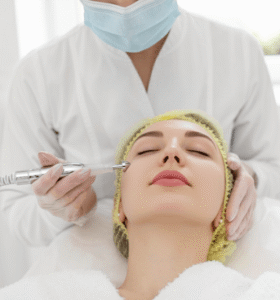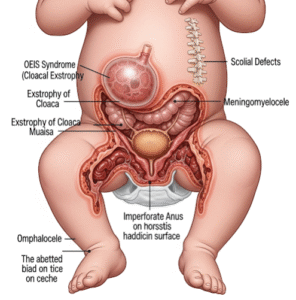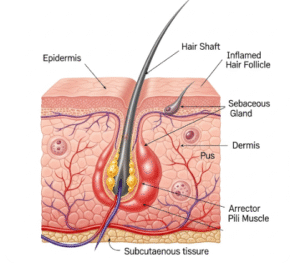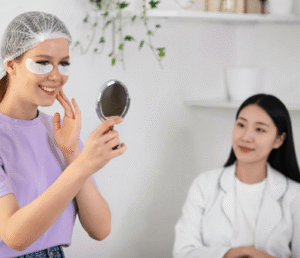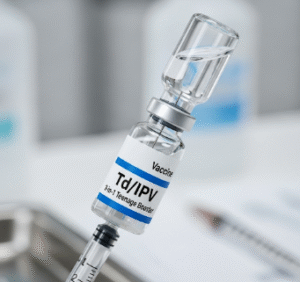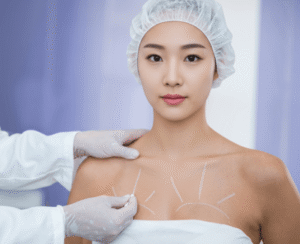Overview
Dental veneers are thin shells made of porcelain, ceramic, or composite resin that are bonded to the front surface of teeth to enhance their appearance and correct dental imperfections. Veneers are popular for smile makeovers, improving color, shape, size, and alignment of teeth.
South Korea is a global leader in cosmetic dentistry, providing high-quality dental veneers with advanced technology, skilled dental specialists, and aesthetic precision. Patients benefit from long-lasting results, minimally invasive procedures, and natural-looking outcomes.
Veneers are commonly chosen for patients who:
- ➤ Have discolored, stained, or yellowed teeth
- ➤ Want to close gaps or minor misalignments
- ➤ Have chipped, worn, or irregularly shaped teeth
- ➤ Desire a durable, aesthetically pleasing smile
What is Dental Veneers?
Dental veneers are custom-made thin coverings that are attached to the front teeth to improve appearance and function.
Types of veneers:
- ➤ Porcelain veneers: Highly durable, stain-resistant, and mimic natural tooth translucency
- ➤ Composite veneers: Applied directly to the tooth in layers, less expensive but may require more maintenance
- ➤ Lumineers: Ultra-thin porcelain veneers requiring minimal tooth preparation
Key points:
- Minimally invasive procedure, usually completed in 2–3 visits
- Long-lasting aesthetic improvement, often 10–20 years for porcelain veneers
- Safe and effective for correcting minor dental imperfections without orthodontics
What are the Benefits?
✔ Improves the appearance of teeth by correcting color, shape, and alignment
✔ Durable and long-lasting, especially porcelain veneers
✔ Minimally invasive with conservative tooth preparation
✔ Stain-resistant for a brighter, more uniform smile
✔ Boosts self-confidence and facial aesthetics
✔ Korean dental clinics use digital smile design, 3D imaging, and CAD/CAM technology for precision
Additional benefits include:
- ➤ Customizable to match tooth color, shape, and smile line
- ➤ Can protect minor cracks or worn teeth
- ➤ Suitable for patients with minor malocclusion or gaps
Procedure Details:
1) How should I prepare for Dental Veneers?
- ● Dental examination: Comprehensive check-up, X-rays, and oral health evaluation
- ● Cleaning: Professional cleaning to ensure healthy teeth and gums
- ● Treatment planning: Discussion of tooth shape, color, and number of veneers
- ● Digital smile design: 3D imaging may be used to visualize expected results
- ● Korean dental clinics: Offer detailed consultation, multilingual support, and precise treatment planning
2) What happens during the procedure Dental Veneers?
- ➤ Tooth preparation:
- Minimal enamel removal (usually 0.3–0.7 mm) for porcelain veneers
- Composite veneers may require little or no enamel removal
- ➤ Impression: Teeth are molded for custom veneer fabrication
- ➤ Temporary veneers: May be applied while permanent ones are prepared
- ➤ Veneer bonding:
- Permanent veneers are bonded using dental adhesive
- Precise shaping and polishing are performed for natural aesthetics
- ➤ Duration: Typically 1–2 hours per session, depending on number of veneers
- ➤ Korean advantage: Clinics utilize advanced CAD/CAM technology, laser curing, and digital design to ensure perfect fit and natural appearance
3) What happens after Dental Veneers?
- ● Immediate care: Avoid hard foods and follow hygiene instructions
- ● Pain or sensitivity: Mild discomfort or sensitivity may occur for a few days
- ● Oral hygiene: Brushing and flossing carefully; avoid abrasive toothpaste
- ● Follow-up: Check-ups to ensure veneers are properly bonded and functioning
- ● Korean dental clinics: Provide comprehensive aftercare instructions, follow-up appointments, and adjustment if needed
Risks / Benefits
✔ Benefits:
- ✦ Corrects multiple cosmetic issues simultaneously
- ✦ Minimally invasive with long-lasting results
- ✦ Improves smile aesthetics and self-confidence
- ✦ Stain-resistant and durable
⚠ Possible Risks (rare):
- ➔ Tooth sensitivity to hot or cold
- ➔ Veneer chipping or fracture (rare with porcelain)
- ➔ Gum irritation or mild inflammation
- ➔ Color mismatch if adjacent teeth change over time
- ➔ Irreversible enamel removal for porcelain veneers
Recovery and Outlook
- ➤ Immediate recovery: Most patients resume normal activities immediately
- ➤ Diet: Avoid extremely hard foods for a few days
- ➤ Oral hygiene: Maintain routine brushing, flossing, and dental check-ups
- ➤ Longevity: Porcelain veneers last 10–20 years, composite veneers 5–10 years
- ➤ Long-term outlook: Excellent results when paired with good oral hygiene and regular dental visits
- ➤ Korean advantage: Clinics use high-quality materials, precise digital fabrication, and skilled cosmetic dentists to maximize longevity and aesthetics
When To Call the Dentist
Contact your dentist if you notice:
- ⚠ Persistent sensitivity or pain
- ⚠ Veneer loosening or chipping
- ⚠ Gum inflammation or discomfort
- ⚠ Misalignment or bite issues
- ⚠ Discoloration or staining of adjacent teeth
Best Korea Option / Process
South Korea is globally recognized for cosmetic dentistry and dental veneers due to:
- 🌟 Highly skilled cosmetic dentists trained in aesthetic procedures
- 🌟 Advanced materials, digital design, and CAD/CAM fabrication
- 🌟 Minimally invasive techniques with precise tooth preparation
- 🌟 Comprehensive patient care including consultations, treatment planning, and follow-up
- 🌟 Multilingual support for international patients seeking cosmetic dental services
Top Korean Dental Clinics for Veneers:
- ✅ Seoul National University Dental Hospital
- ✅ Asan Medical Center Dental Clinic
- ✅ Samsung Medical Center Dental Department
- ✅ Yonsei Severance Hospital Dental Center
- ✅ Gangnam CHA Dental Hospital
✅ Quick Highlights Recap
- ➤ Thin shells bonded to teeth for cosmetic enhancement
- ➤ Corrects discoloration, gaps, chips, and minor misalignment
- ➤ Minimally invasive, long-lasting, and aesthetically natural
- ➤ Rare risks, mostly manageable with proper care
- ➤ Korean clinics provide advanced materials, skilled dentists, and complete follow-up care

